Can you reheat breast milk twice? Know the best practices and safety tips for feeding your baby warm milk safely.
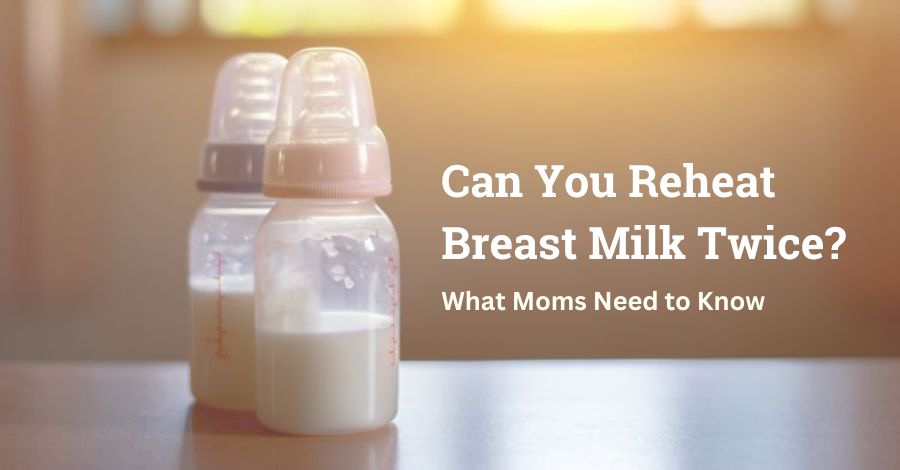
If you are a breastfeeding mom or caregiver, you might wonder, “Can I reheat breast milk twice?” It is a common question, especially when you want to avoid wasting any precious milk. Reheating breast milk is normal, but doing it more than once can be tricky. Let’s explore whether it is safe to reheat breast milk a second time and what you should keep in mind.
Can You Reheat Breast Milk?
Breast milk is full of nutrients that are perfect for your baby. It is carefully made by your body to meet your baby’s needs. Reheating breast milk is common, but many parents worry about safety. So, can you warm breast milk twice? It is generally safe to reheat breast milk once. But doing it more than once can affect the milk’s quality and safety.
When breast milk is reheated more than once, it can lose some of its nutrients. Also, reheating it multiple times might cause bacteria to grow, which is not good for your baby. But sometimes, you might need to reheat breast milk twice. If you do, there are ways to do it safely.
When Is It Safe to Reheat Breast Milk?
Reheating breast milk is safe if you follow some guidelines. The key is to handle the milk carefully before you reheat it. If you are asking yourself, “Can I reheat breast milk a second time?” the answer depends on how the milk was stored and how long it has been out.
Ideally, you should only warm up the amount of breast milk your baby will drink in one feeding. If there is leftover milk, you can reheat it one more time within a short period. Make sure the milk has not been left out at room temperature for too long.
For example, if you warmed up a bottle and your baby did not finish it, you could refrigerate it and reheat it later. Just be sure to follow the proper steps for storing and reheating.
| Storage | Reheating | Use Within |
|---|---|---|
| Freshly expressed (room temperature) | Once within 4 hours | N/A |
| Refrigerated (thawed) | Once | 2 hours after reaching room temperature |
| Frozen (thawed) | Once | 1 hour after reaching room temperature |
Guidelines for Reheating Breast Milk
To keep your baby safe, follow these guidelines when reheating breast milk:
CDC and La Leche League Recommendations
The Centers for Disease Control and Prevention (CDC) and La Leche League offer advice on handling breast milk. According to the CDC, once you have warmed breast milk, it should be used within two hours. It should not be frozen again. If your baby does not finish the milk, you can refrigerate it and reheat it one more time within those two hours.
La Leche League agrees with this advice. They also warn that reheating breast milk more than once can lower its nutritional value. It can also increase the risk of bacteria growing.
Health and Safety Considerations
When it comes to your baby’s health, it is always better to be careful. Reheating breast milk twice can lead to bacteria growing in the milk. This can be harmful to your baby. Also, reheating breast milk multiple times can break down its nutrients.
Bacteria love warm places, so it is important to handle breast milk properly. If you are reheating breast milk that was in the fridge, do it gently. Avoid sudden changes in temperature to keep the milk safe.
Tips on How to Reheat Breast Milk Safely and Effectively
Here are some simple tips for reheating breast milk the right way:

- Thaw Slowly: If the milk is frozen, thaw it in the fridge overnight or in lukewarm water. Do not use hot water, as it can destroy the nutrients.
- Use Warm Water: When reheating, place the bottle or bag in a bowl of warm water. You can also hold it under warm running water. Gently swirl the milk to mix it. Do not shake the bottle hard, as it can change the milk’s structure.
- Check the Temperature: Before feeding, put a few drops of milk on your wrist. The milk should feel warm, not hot. If it is too hot, let it cool before giving it to your baby.
- Avoid Overheating: Do not overheat the milk. Keep the warming process gentle to protect the milk’s nutrients.
Is It OK to Microwave Breast Milk?
No, it is not recommended to microwave breast milk. Microwaving can create hot spots in the milk that might burn your baby’s mouth. Also, microwaving can destroy important nutrients and antibodies in the milk. It might be tempting to use the microwave when you are in a rush, but it is better to use a safer method. Warm the milk in a bowl of warm water or use a bottle warmer designed for breast milk.
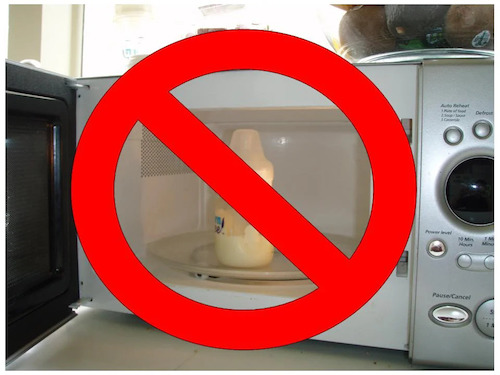
How Many Times Can You Reheat Breast Milk?
If you are wondering, “Can I reheat breastmilk more than once?” the answer is that it is best to reheat it only once. Reheating it multiple times can lower the milk’s quality. Each time you heat and cool breast milk, it can lose nutrients and become less safe.
If you need to reheat breast milk a second time, make sure it has not been sitting out for too long. Always check the milk’s temperature and smell before giving it to your baby.
Can Warmed Milk Be Refrigerated Again?
After warming a bottle of breast milk, you might wonder if you can refrigerate it again. The answer depends on how long the milk has been at room temperature. If it has been out for less than two hours, you can refrigerate it and reheat it one more time. If the milk has been out longer, it is safer to throw it away to avoid the risk of bacteria.
Once breast milk has been thawed and warmed, it should not be refrozen. Use thawed milk within 24 hours if it is kept in the fridge, or within 1-2 hours if it is kept at room temperature.
When Shouldn’t I Reheat Breast Milk?
There are a few situations where you should not reheat breast milk:
- If the Milk Has Been Left Out for Too Long: Breast milk that has been at room temperature for more than two hours should not be reheated.
- If the Milk Smells or Tastes Bad: Always check the milk before reheating. If it smells sour or off, it is better to throw it away.
- If the Milk Has Been Reheated More Than Once: Reheating breast milk more than once is not safe and can lead to bacterial growth.
- If the Milk Has Been Thawed and Rewarmed: Once thawed, breast milk should not be frozen again. It should be used within 24 hours if refrigerated.
How Should Milk Be Stored for Heating or Reheating?
Storing breast milk properly is key to keeping it safe when reheating. Here are some tips:
- Use Clean Containers: Store breast milk in clean bottles or breast milk storage bags. Label each container with the date it was expressed.
- Refrigerate or Freeze Right Away: Freshly expressed breast milk can be stored in the fridge for up to four days or frozen for up to six months.
- Thaw Carefully: Thaw frozen breast milk in the fridge or in a bowl of lukewarm water. Never thaw it at room temperature or in hot water.
- Leave Space: When freezing breast milk, leave some space at the top of the container. The milk will expand when it freezes.
Ways to Use Expired Breast Milk
If you have breast milk that is expired or no longer good for feeding, there are still ways to use it:
- Skin Care: Breast milk is great for your baby’s skin. Use expired milk to soothe diaper rash or skin irritations by applying it to the affected area.
- Bath Time: Add some expired breast milk to your baby’s bathwater for a soothing soak. This can help with skin conditions like eczema.
- Breast Milk Lotion: You can make lotion using expired breast milk. This can be used to moisturize your baby’s skin.
- Keepsakes: Some parents make keepsakes like jewelry or soap using expired breast milk. This is a special way to remember your breastfeeding journey.
Conclusion
So, can you heat breast milk twice? While it is possible to reheat breast milk a second time, it is important to be careful. Follow the guidelines and handle the milk properly to keep it safe for your baby. When in doubt, it is always better to check with your pediatrician for advice. Remember, your baby’s health is the most important thing.
Disclaimer: This article is for general information and isn’t a replacement for medical advice. Always talk to your doctor or lactation consultant for personalized advice on storing, reheating, and feeding breast milk to your baby.
FAQs
What to do with leftover breast milk in a bottle?
Some people, including lots of moms, think it’s fine to put an unfinished bottle of milk back in the fridge to heat up later for your baby’s next meal. But, there’s no clear proof if this is totally safe. If your baby doesn’t finish the milk next time, it’s best to throw it away.
Here’s a simple rule: Don’t leave a half-full bottle of milk sitting out at room temperature for more than 30 minutes to an hour. We’re not sure if it’s completely safe to do this either, though.
Why can’t you use leftover breast milk?
If you have some leftover breast milk, it’s best not to put it back in the fridge for later or refreeze it. See, breast milk can grow bacteria if it sits out too long. And our little ones, they’re more likely to get sick from germs because their immune systems are still developing. So, let’s stick to the safety rules for breast milk to keep our babies healthy and happy!
Is it bad to shake breast milk?
Lots of people think shaking breast milk can mess up its good stuff, like all the important nutrients. They say it’s better to just swirl it around gently. But here’s the scoop: there’s no real proof that shaking hurts the milk or that swirling is better. So, feel free to shake it up if that’s what works for you! Just make sure you mix it well when you’re getting it ready.
Can I pump into the same bottle all day?
When you pump milk, it’s good to know it stays fresh for about 4 hours if you leave it out at room temperature. So, if you need to pump more during that time, you can use the same bottle. But remember, once those 4 hours are up, you have a couple of choices. You can either feed the milk to your baby right away, or you can put it in the fridge or freezer for later. It’s like a little window of time where the milk is safe to use, and after that, it’s best to store it properly to keep it fresh.
Sources:
- The Centers for Disease Control and Prevention (CDC): www.cdc.gov/breastfeeding/pdf/preparation-of-breast-milk_h.pdf
- The American Academy of Pediatrics (AAP): www.aap.org/en/patient-care/breastfeeding/milk-storage-guidelines/
- Is Reheating Breast Milk Safe? – https://www.healthline.com/health/parenting/reheating-breast-milk
- Academy of Breastfeeding Medicine (ABM): www.bfmed.org
- Is It Safe to Reuse Breast Milk? – https://www.webmd.com/baby/is-it-safe-to-reuse-breast-milk

Hi, I’m Lindley! I’m a stay-at-home-mom sharing all of the tips and tricks I learn throughout my motherhood journey. I’m now navigating through wife life and being a mom while blogging my crazy adventures. I’m so glad to have you along for the ride!
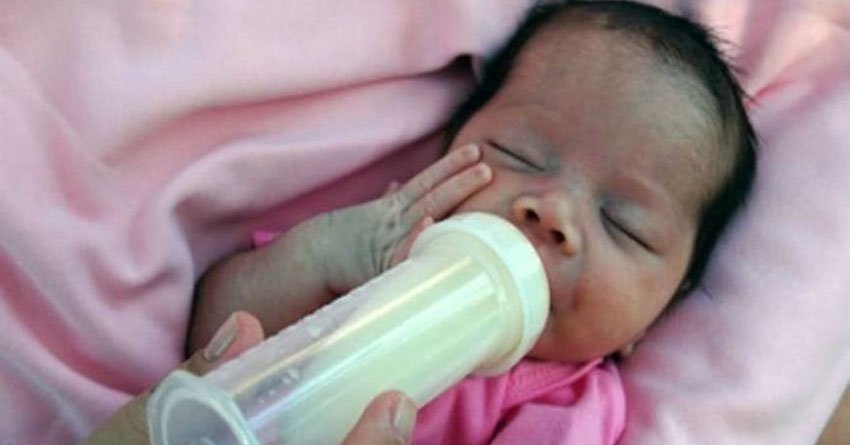
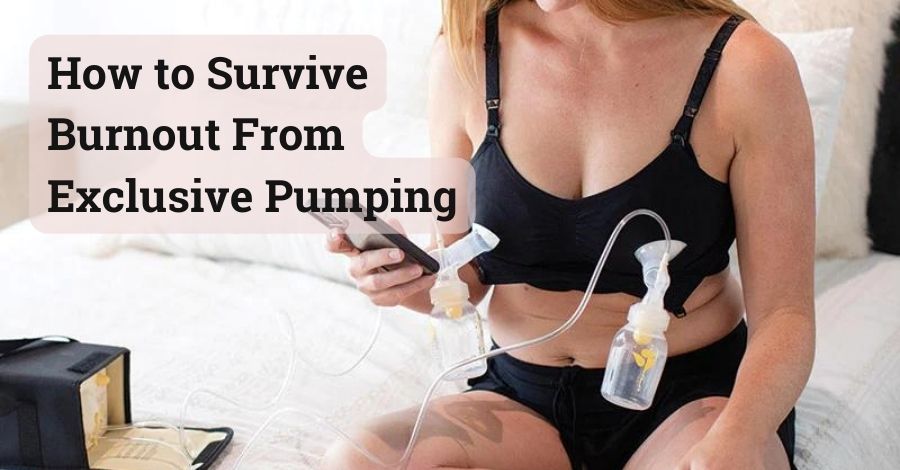
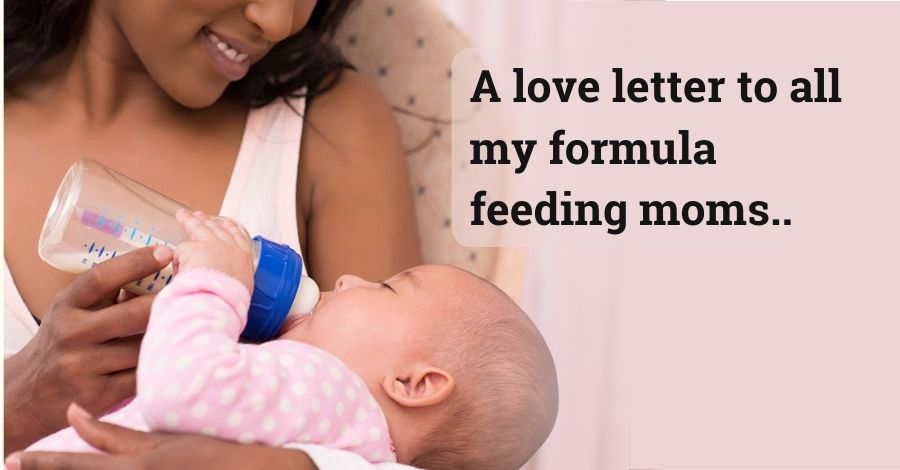
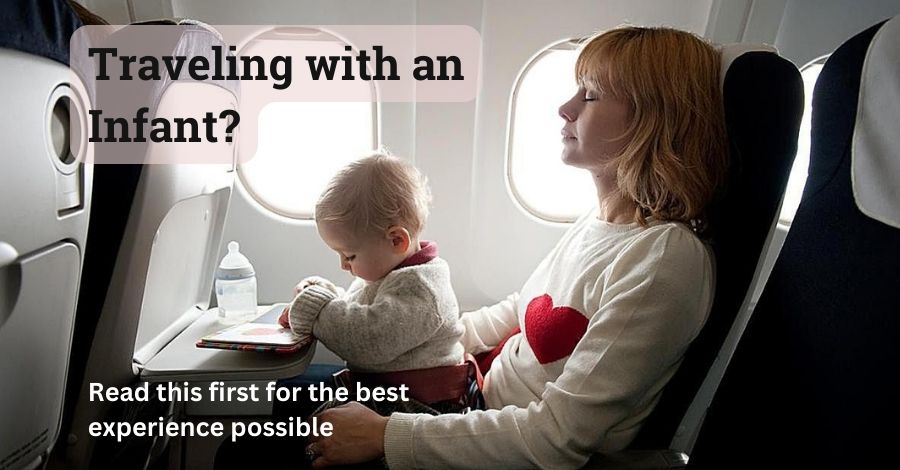
Very good blog! Do you have any hints for aspiring writers? I’m hoping to start my own blog soon but I’m a little lost on everything. Would you advise starting with a free platform like WordPress or go for a paid option? There are so many choices out there that I’m totally overwhelmed .. Any tips? Thank you!